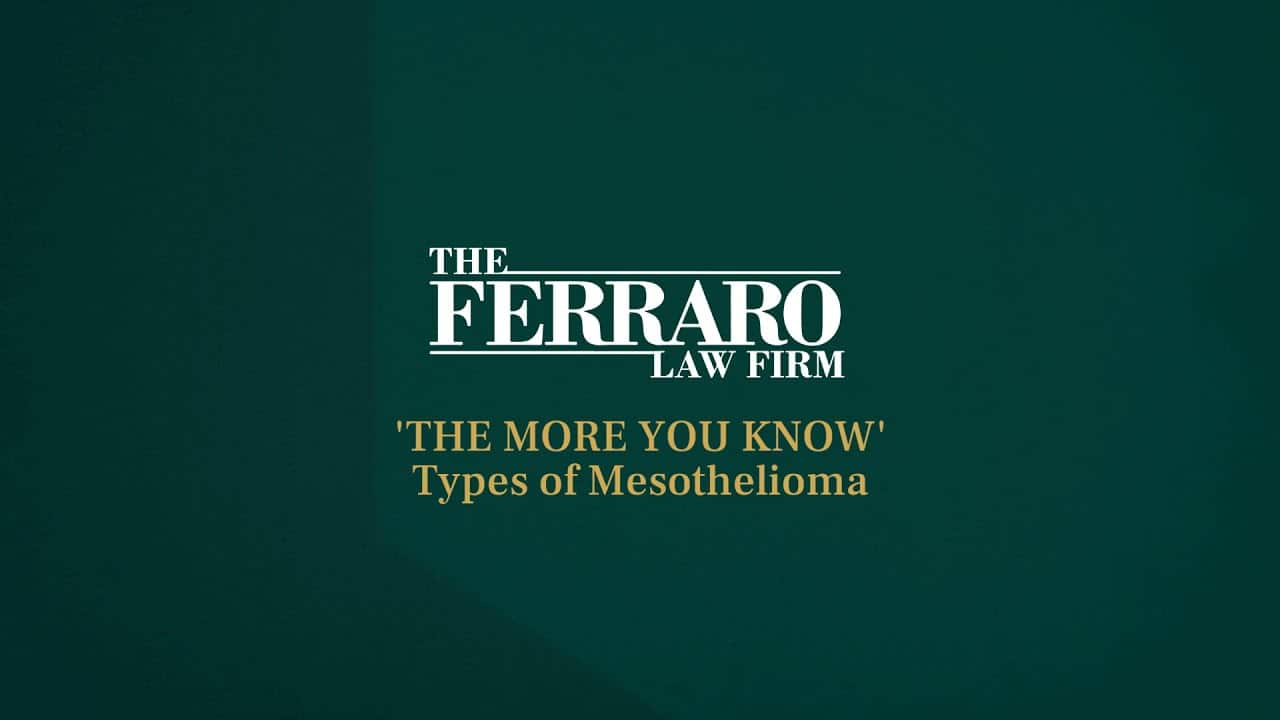If you were seriously injured, remember that it is crucial to choose the right law firm to represent your interests. We have been doing this for more than three decades, and have the resources you need to challenge any opponent.
Bostic v. Georgia-Pacific Corp. – Evidence of Causation Must be Sufficient in Mesothelioma Trial
In mesothelioma litigation, one of the most important – and difficult – elements to prove is causation. This is due to several factors.
First and foremost is the fact that usually decades have passed since the asbestos exposure. Presenting testimony from witnesses who would be reliably able to support the plaintiff’s theory is a challenge because so much time elapsed. Additionally, when there are numerous defendants, apportioning the fault becomes a major hurdle because each defendant’s role must be adequately proven in order to obtain compensation.
Our mesothelioma trial lawyers have proven success and extensive experience in these matters, and can help clients determine which avenues are most likely to be pursued with success.
In the recent case of Bostic v. Georgia-Pacific Corp., before the Texas Supreme Court, the issue of legally sufficient causation was the primary point of contention upon appeal, following an $11.6 million verdict in favor of the plaintiff.
According to court records, the plaintiffs were suing on behalf of a 40-year-old man who died of mesothelioma in 2003. He was diagnosed with this rare terminal cancer, caused only by exposure to asbestos. These facts were not in dispute. What was in controversy here was whether there was enough evidence to support a finding that the defendants were the entities legally responsible.
In all, the plaintiffs sued 39 manufacturer defendants, alleging their products exposed the decedent to asbestos and subsequently caused his illness and death. The case went to trial in 2006, with the plaintiff alleging liability by Georgia-Pacific under the legal theories of marketing defects and negligence. The jury found in the plaintiff’s favor, apportioning 25 percent of the causation for the disease to the plaintiff’s former employer, a glass company, which had already settled out-of-court, and 75 percent to Georgia-Pacific. The total amount of the verdict, with compensatory and punitive damages combined, was $11.6 million.
Georgia-Pacific appealed, and the appellate court reversed, finding the evidence that would tend to prove the defendant’s liability lacked legal sufficiency. The state supreme court affirmed.
In reaching this conclusion, the court cited the finding in Borg-Warner Corp. v. Flores, in which the court determined in order to establish causation, the plaintiff has to show the defendant’s product was a substantial factor in the plaintiff’s becoming sick. Simply presenting evidence that a plaintiff was exposed to some asbestos fibers that could be traced back to the defendant, the court found, was not legally sufficient to reach that “substantial” threshold. In the Flores case, the court indicted no evidence was presented that would indicate how much exposure the plaintiff suffered as a result of the defendant’s negligence.
This goes directly to the finding reached in many jurisdictions, which is that the “any exposure” theory is not acceptable. That is — while doctors have determined that no amount of exposure to the fibers is safe, in order to prove legal causation — simply showing evidence of a few brief exposures isn’t going to be enough to lay the foundation for a successful case. Although the determination is not made with “mathematical precision,” there must be some degree of quantitative information to support the claim.
The court noted decisions in other jurisdictions where development of the cancer appears to increase with higher levels of exposure. Further, simple proof of any exposure at all does not result in automatic liability.
The court did say that in cases of multiple-exposure, plaintiffs can’t be expected to quantify exposure from every conceivable source, particularly when exposure likely occurred over a period of decades.
In this case, evidence was shown that the decedent, from the time he was 5, helped his father mix drywall compound produced by Georgia-Pacific. He also worked with the product a number of times as an adult, though he was also exposed to the substance while working with the glass company.
The problem was that the plaintiff failed to offer up some quantitative measure of the dose of asbestos to which he was exposed from Georgia-Pacific. In fact, the plaintiff “failed to establish even an approximate dose.” Therefore, the court said, it had no choice but to affirm the appellate court’s reversal and take-nothing judgment.
Table of Contents
Frequently Asked Questions: Mesothelioma & Asbestos
What is asbestos?
Why is asbestos dangerous?
What are asbestos-related diseases?
What causes mesothelioma?
What are the different types of mesothelioma?
What are common mesothelioma symptoms?
Do I qualify for compensation if I have mesothelioma?
What is the life expectancy for someone with mesothelioma?
Do I qualify for compensation if I have mesothelioma?
Contact The Ferraro Law Firm at (305) 375-0111 to explore your legal options with our knowledgeable legal team.
Help for mesothelioma victims can be found at The Ferraro Law Firm by calling (888) 554-2030. Offices in Miami and Washington, D.C.






